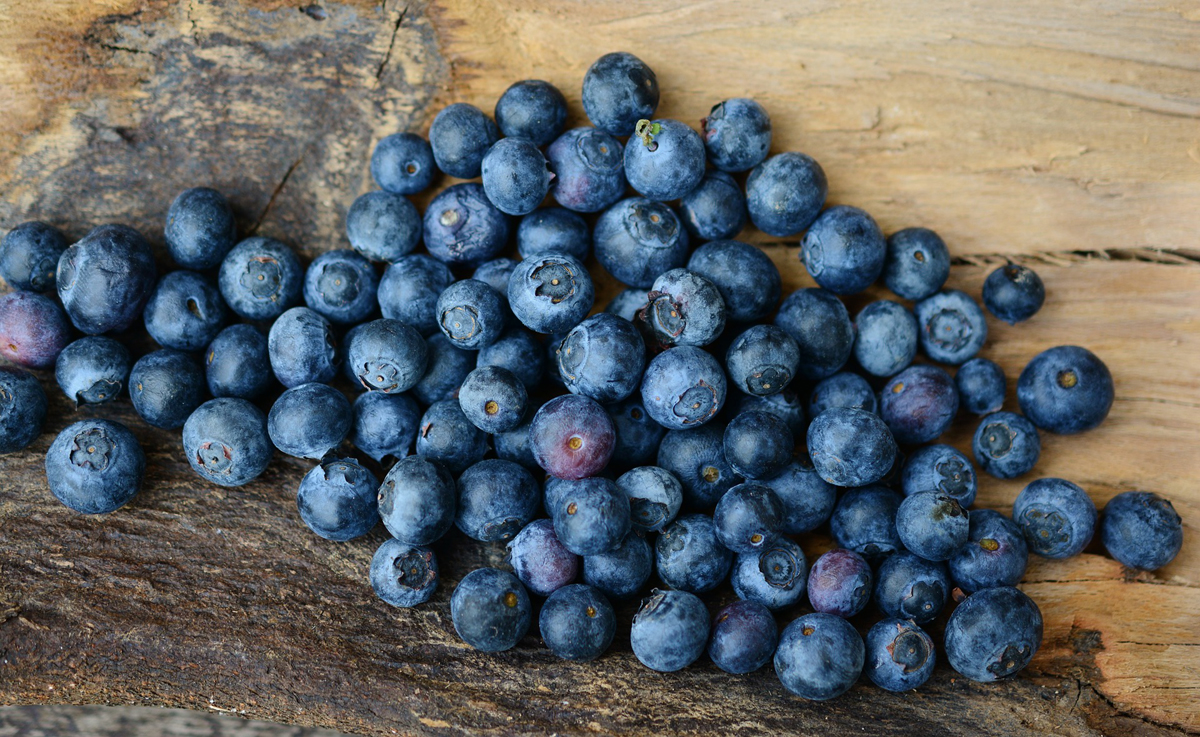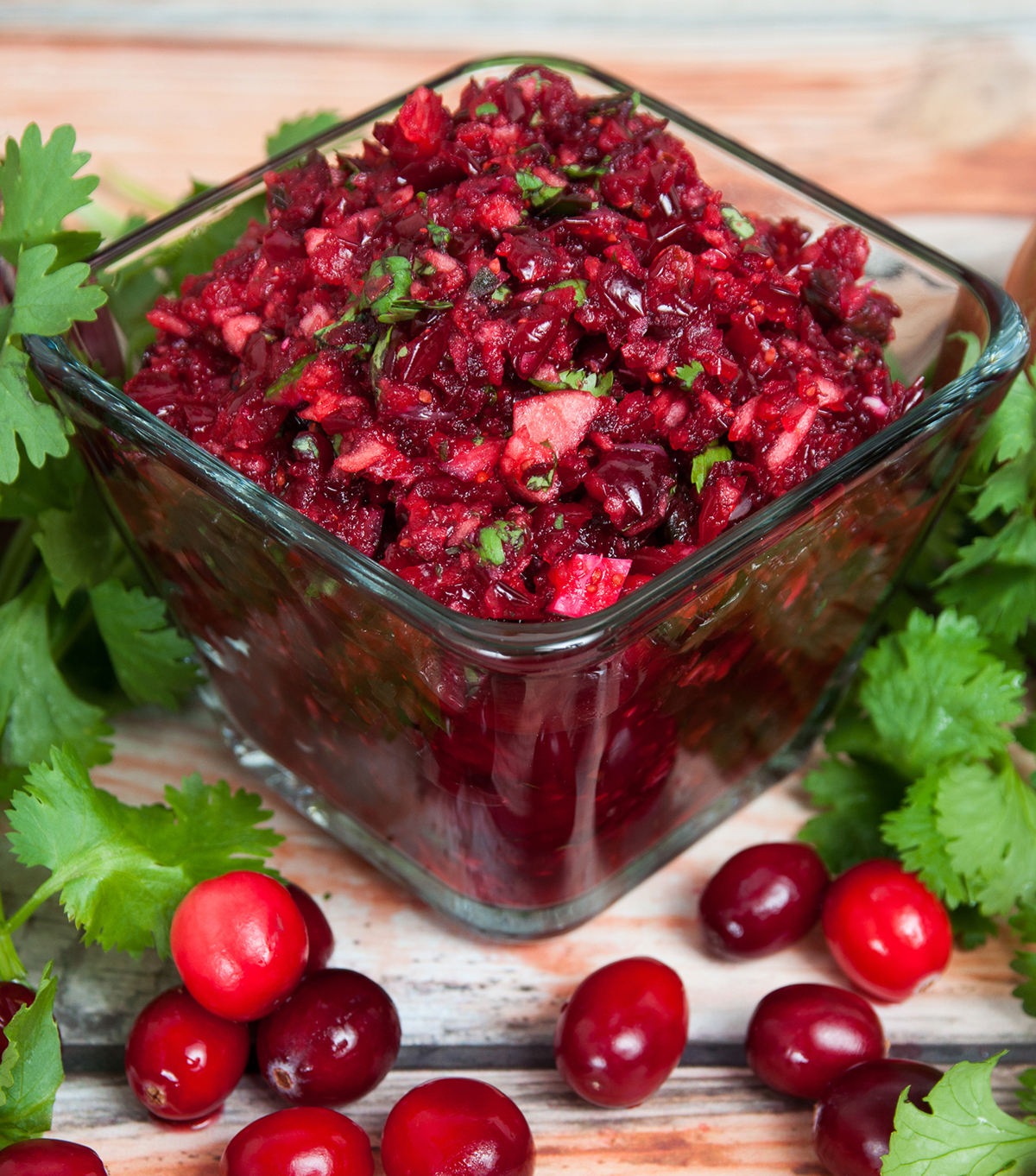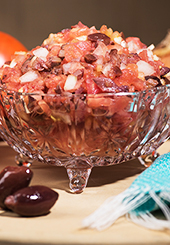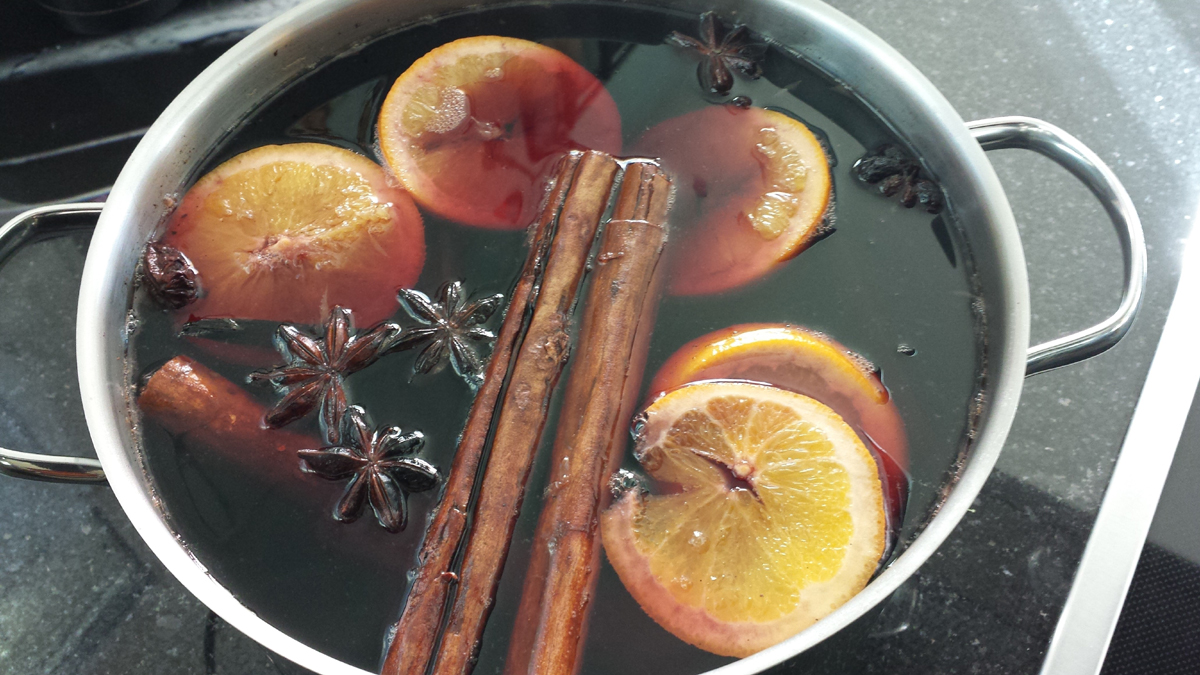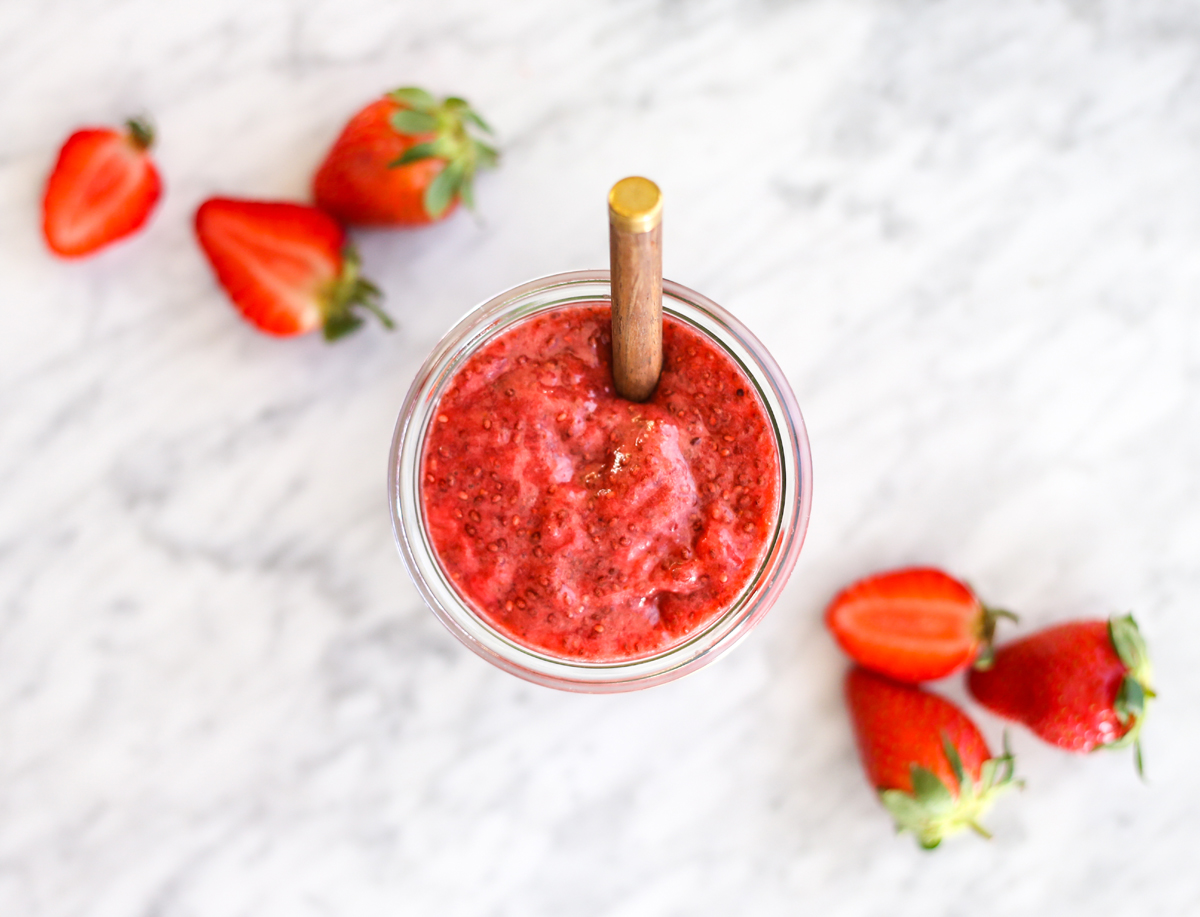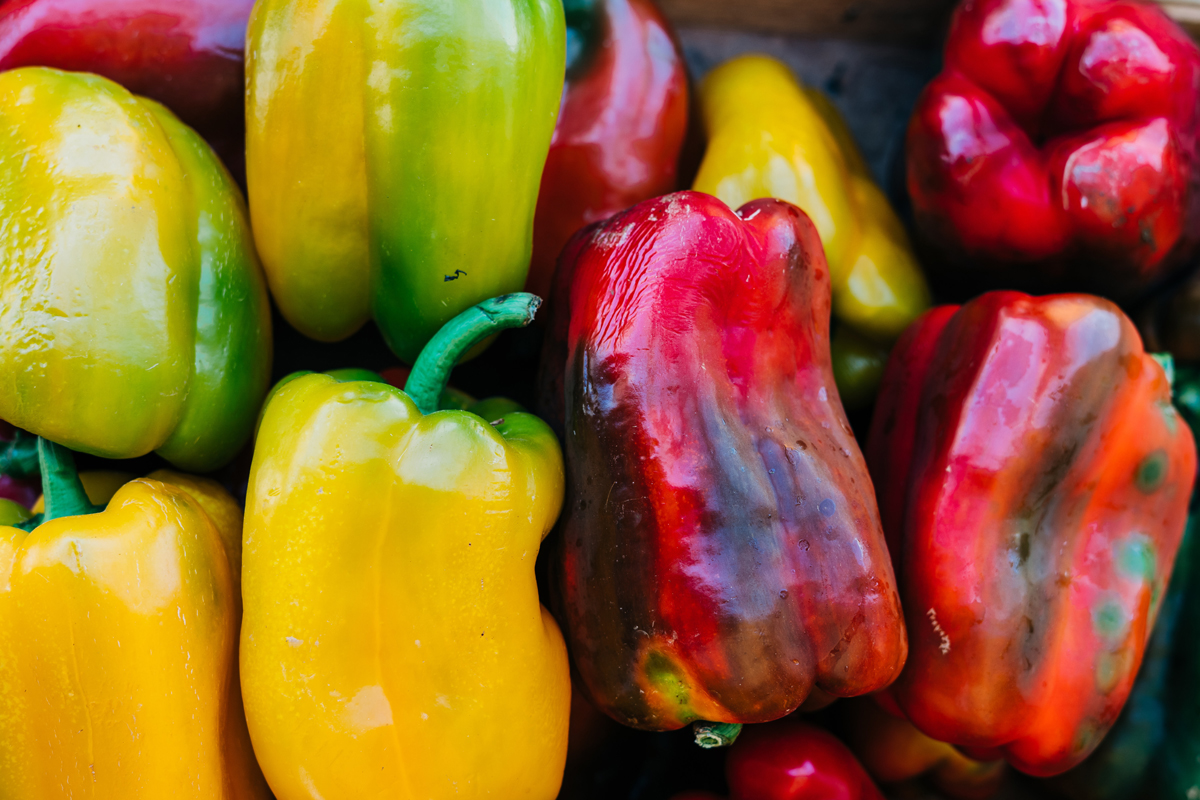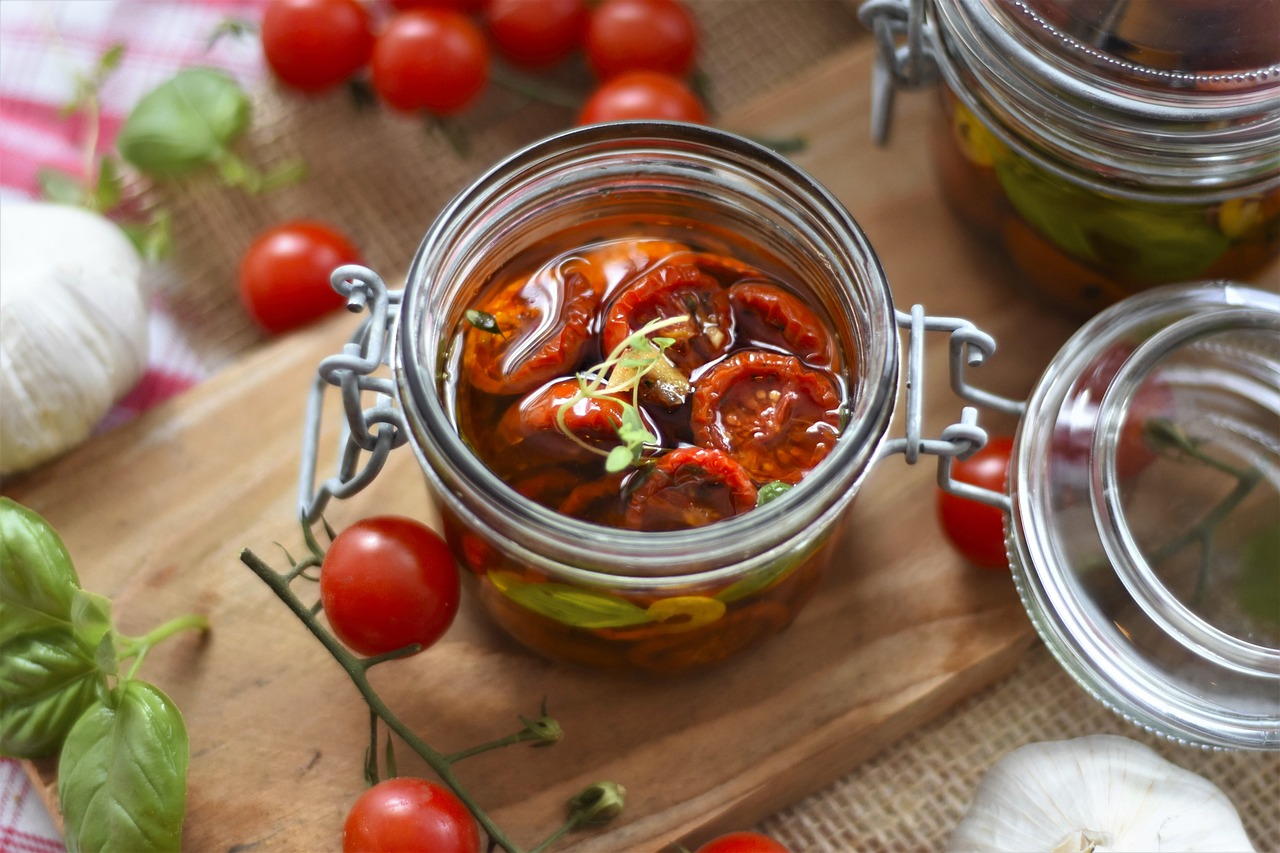Making Kimchi – Give It a Try
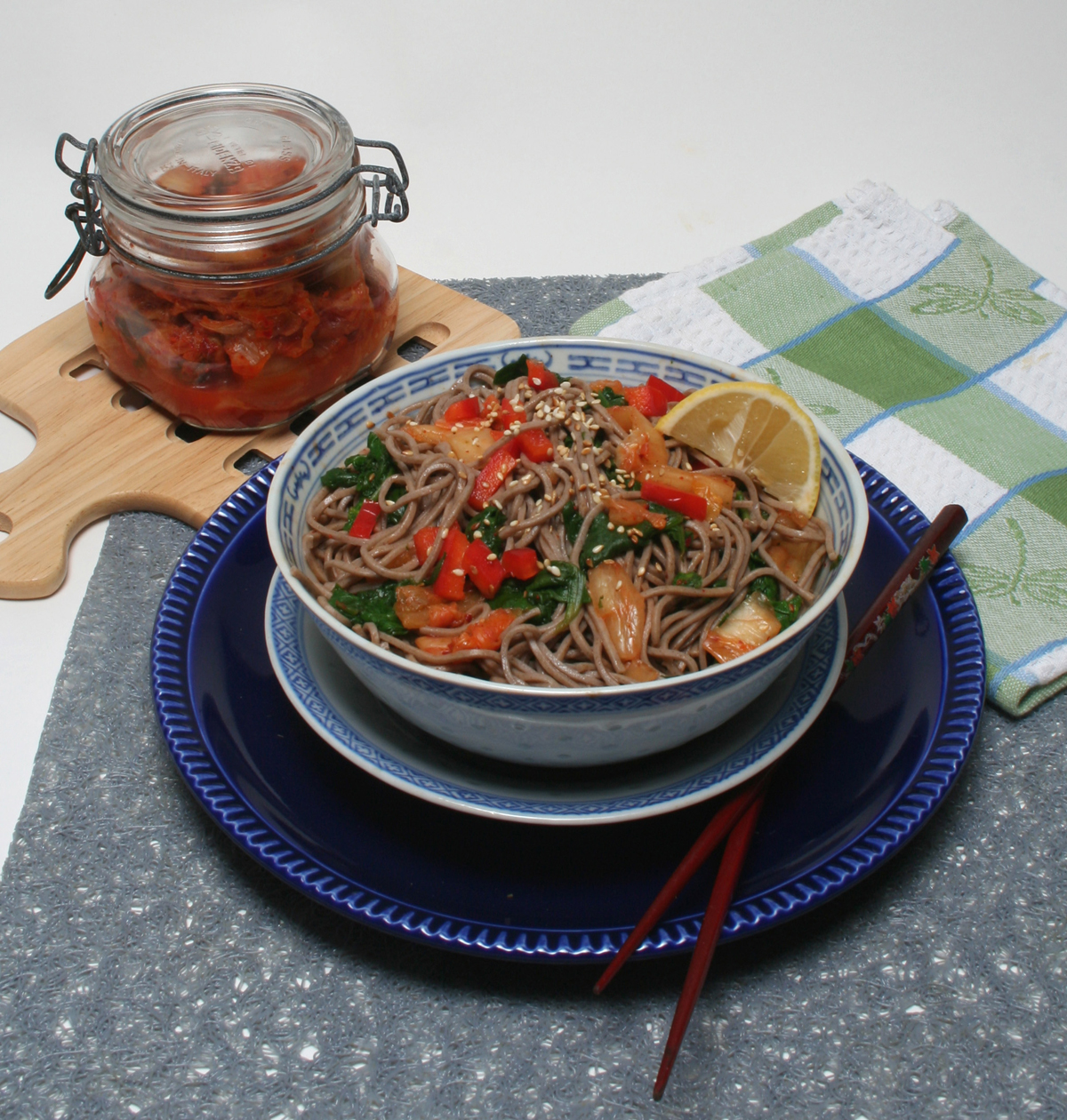
Fermentation gives bread, cheeses, vinegar and many other foods their flavorful complexity. The result of benevolent, enzyme-producing microbes that help break down foods, fermentation may also make what we eat more digestible and nurture the good bacteria in our gut.
Home preserving is much in fashion, including making fermented foods. So is eating spicy food. Putting them together, I want to share what I learned from Lauryn Chun, who taught me to make the red-hot and surprisingly flavorful kimchi, Korean pickled cabbage, her mother serves at Jang Mo Jip, her restaurant in Garden Grove, California.
Making kimchi is surprisingly easy. When it’s ready, in as little as three days, use it as a condiment and a seasoning. If you have never cooked with kimchi, Soba Noodles with Kimchi is a good start. Try kimchi in grilled cheese sandwiches and scrambled eggs, too.
To reduce sodium and make a vegan kimchi, I omit the fish sauce traditionally used. The result has a cleaner, less funky flavor that pleases many people. To learn more about kimchi-making and see other recipes, check out The Kimchi Cookbook, by Lauryn Chun.
Kimchi
- 1 head (1½ pounds) napa cabbage
- 2 Tbsp. kosher salt
- 4 scallions, green part only, cut into 2-inch pieces
- 2½ Tbsp. red chile pepper flakes
- 1/4 cup very thinly sliced onion
- 2 tsp. minced garlic
- 1 tsp. grated ginger
- 1 tsp. sugar
Cut cabbage vertically into 8 wedges. Cut each wedge crosswise into 2-inch by 1-inch pieces. Place cabbage in large stainless steel, glass or other non-reactive bowl. Add salt. Sliding your hands down the sides of bowl, lift and squeeze handfuls of cabbage, pile them on top and repeat until cabbage is wet and slightly wilted, 3-4 minutes. Set aside for 50 minutes.
Transfer cabbage to large colander and place under cold running water for 1 minute, stirring cabbage to rinse it thoroughly. Drain cabbage for 30 minutes. Transfer cabbage to large bowl and add scallions, chile flakes and onion. On a cutting board, combine garlic, ginger and sugar. Using side of heavy knife, press and smear, then scrape together and chop mixture. Repeat 3-4 times to make coarse paste. Let paste stand for 15 minutes. Add paste to cabbage mixture and use sturdy fork to mix until contents of bowl are well combined.
Using back of stainless steel spoon, pack mixture into 1-quart glass canning jar, leaving 1½-inch space at top. There will be some small air bubbles in jar. Add 1/4 cup water to bowl, swirl to collect any remaining seasoning, then pour liquid into jar. Screw on jar lid and set jar in a bowl and let stand at room temperature (65-70 degrees F) for 3 days.
Some liquid may come out. After 3 days, when you open jar, top of kimchi may look foamy or have little bubbles; this indicates fermentation has taken place. If kimchi smells unpleasant or looks slimy, then discard and start over. In refrigerator, kimchi will keep several months, continuing to ferment slowly.
Makes 16 servings. Yield: 1 quart.
Per 4 tablespoons (1/4 cup) serving: 8 calories, 0 g total fat (0 g saturated fat), 1.48 g carbohydrate, 0.59 g protein, 0.4 g dietary fiber, 234 mg sodium.
Soba Noodles with Kimchi
- 4 oz. soba noodles, 100% buckwheat *
- 2 tsp. roasted sesame oil
- 1 cup chopped steamed spinach
- 1/2 cup chopped kimchi
- 1/3 cup low-sodium vegetable broth
- 1 Tbsp. toasted sesame seeds
- 2 lemon wedges, optional
Cook soba noodles according to package directions. Drain in colander, then rinse noodles under cold running water. Drain well and divide soba between 2 pasta bowls.
Add half sesame oil to each bowl and toss to coat soba. Top noodles with half the spinach, kimchi and broth, tossing to combine them. Sprinkle on seeds, add lemon wedges, if using, and serve.
* 100% buckwheat soba noodles are whole grain. Other soba noodles may be a blend of buckwheat and wheat flour with varying amounts of dietary fiber and sodium. Nutrient analysis is based on 2 ounces of 100% buckwheat soba noodles with 3 grams fiber and 5 milligrams sodium.
Makes 2 servings.
Per serving: 294 calories, 8 g total fat (1 g saturated fat), 49 g carbohydrate, 10 g protein, 6 g dietary fiber, 327 mg sodium.
The Author:
Something Different is written by Dana Jacobi, author of 12 Best Foods Cookbook and contributor to AICR’s New American Plate Cookbook: Recipes for a Healthy Weight and a Healthy Life.
The American Institute for Cancer Research (AICR) is the cancer charity that fosters research on the relationship of nutrition, physical activity and weight management to cancer risk, interprets the scientific literature and educates the public about the results. It has contributed more than $96 million for innovative research conducted at universities, hospitals and research centers across the country. AICR has published two landmark reports that interpret the accumulated research in the field, and is committed to a process of continuous review. AICR also provides a wide range of educational programs to help millions of Americans learn to make dietary changes for lower cancer risk. Its award-winning New American Plate program is presented in brochures, seminars and on its website, www.aicr.org. AICR is a member of the World Cancer Research Fund International.


